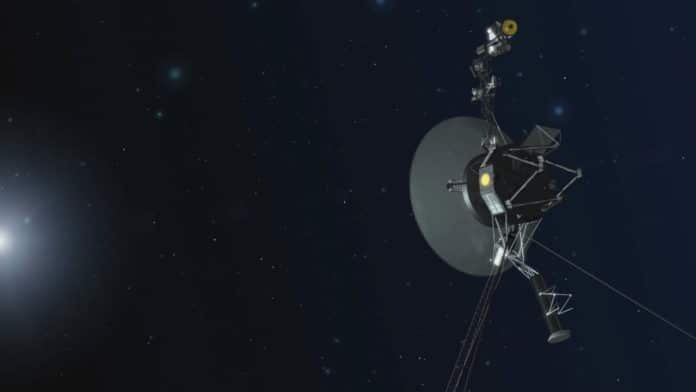The Pioneer 10 and 11 and Voyager 1 and 2 spacecraft, launched in the 1970s, are heading out of the solar system. After completion of their missions, all four unmanned space probes are on their way out of the solar system or have already departed.
But what will become of them? Will they make their way to other star systems, and if so, how long might it take them?
Wondering over these, scientists have discovered a way to estimate the time it will take spacecraft to find their way to other star systems.
Using the astrometric and radial velocity data from the second Gaia data release, a pair of researchers, one with the Max Planck Institute for Astronomy, the other with the Jet Propulsion Laboratory at CIT, integrated the trajectories of 7.4million stars, and the spacecraft, through a Galactic potential, to identify those stars the spacecraft will pass closest to.
Gaia space telescope was launched in 2013 and has been stationed at a point just outside of Earth‘s orbit around the sun. Since then, it is collecting information on a billion stars, including their paths through space. The latest dataset was released just last year on 7.2 million stars.
With data describing the paths of the four spacecraft and data describing the paths of a host of stars in hand, the scientists were able to work out when the ways of the four spacecraft might approach very far away star systems.
For each spacecraft, scientists identified about 60 stars that the probe will approach, over the next 1 million years—and will come within two parsecs of approximately 10 of them.
Voyager 2’s closest approach is much sooner but at a more significant separation. Voyager 1’s closest flyby, TYC 3135-52-1, lies above the main sequence in the color-magnitude diagram, suggesting it may be a binary, in which case its astrometry may be unreliable. Pioneer 10 will likely be the first to pass by a star system—one called HIP 117795, whereas, Pioneer’s 11 closest flyby is with TYC 992-192-1.
Their calculations show that the spacecraft will pass within 0.231 parsecs of the star in approximately 90,000 years. They also found that all four of the probe will travel for a very long time before they collide with or are captured by a star system—on the order of 1020 years.
The paper has published the Earth and Planetary Astrophysics.
